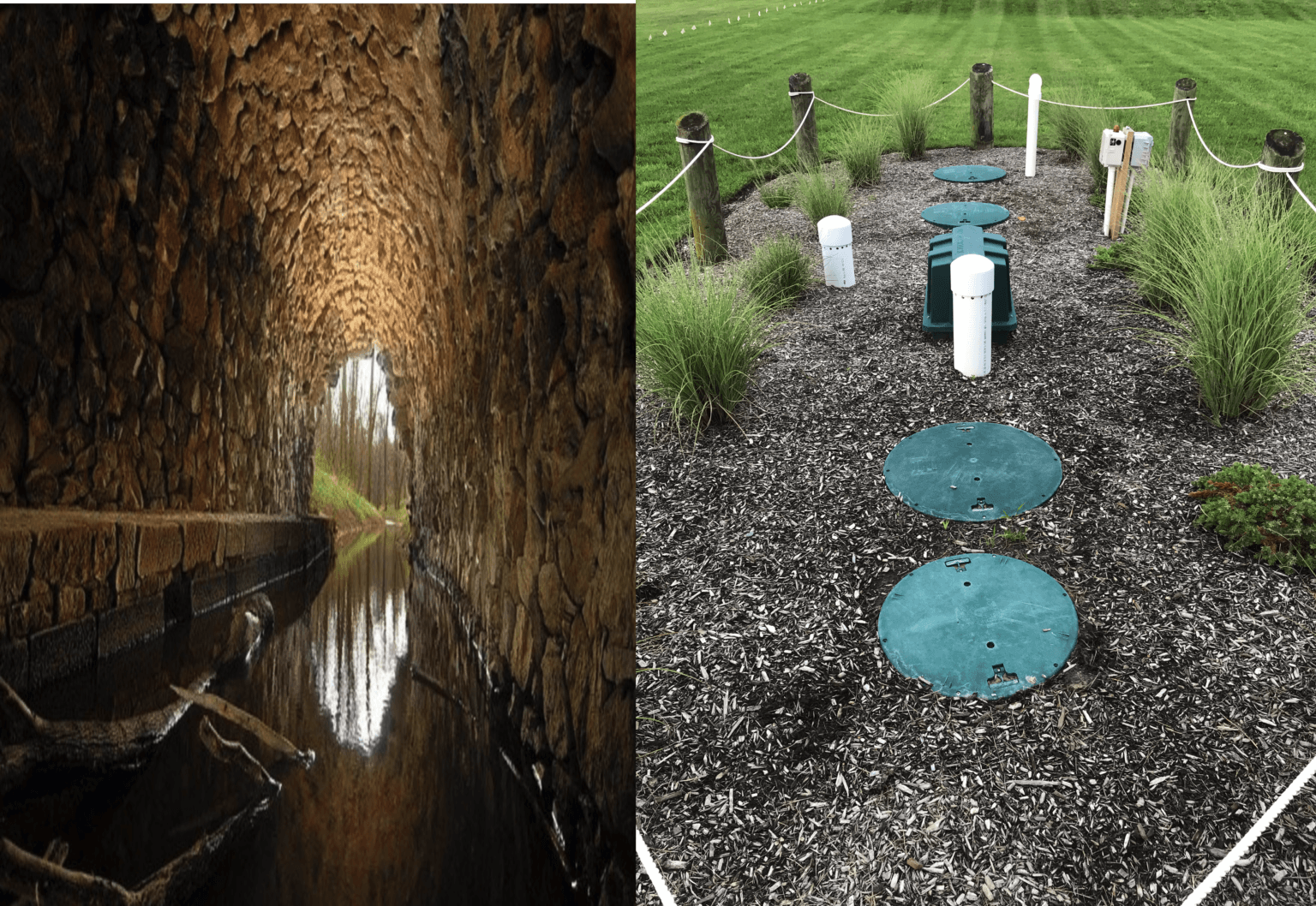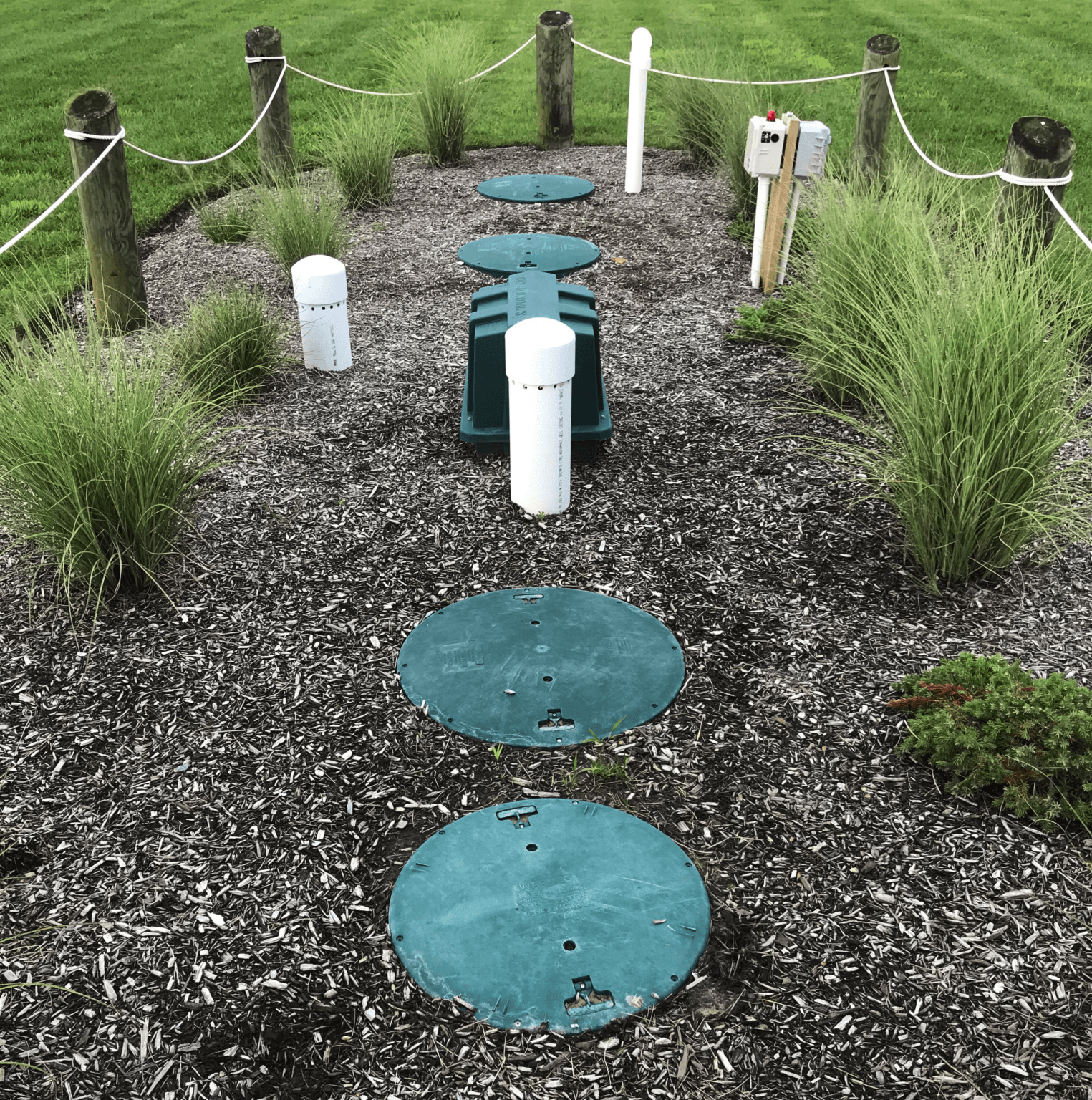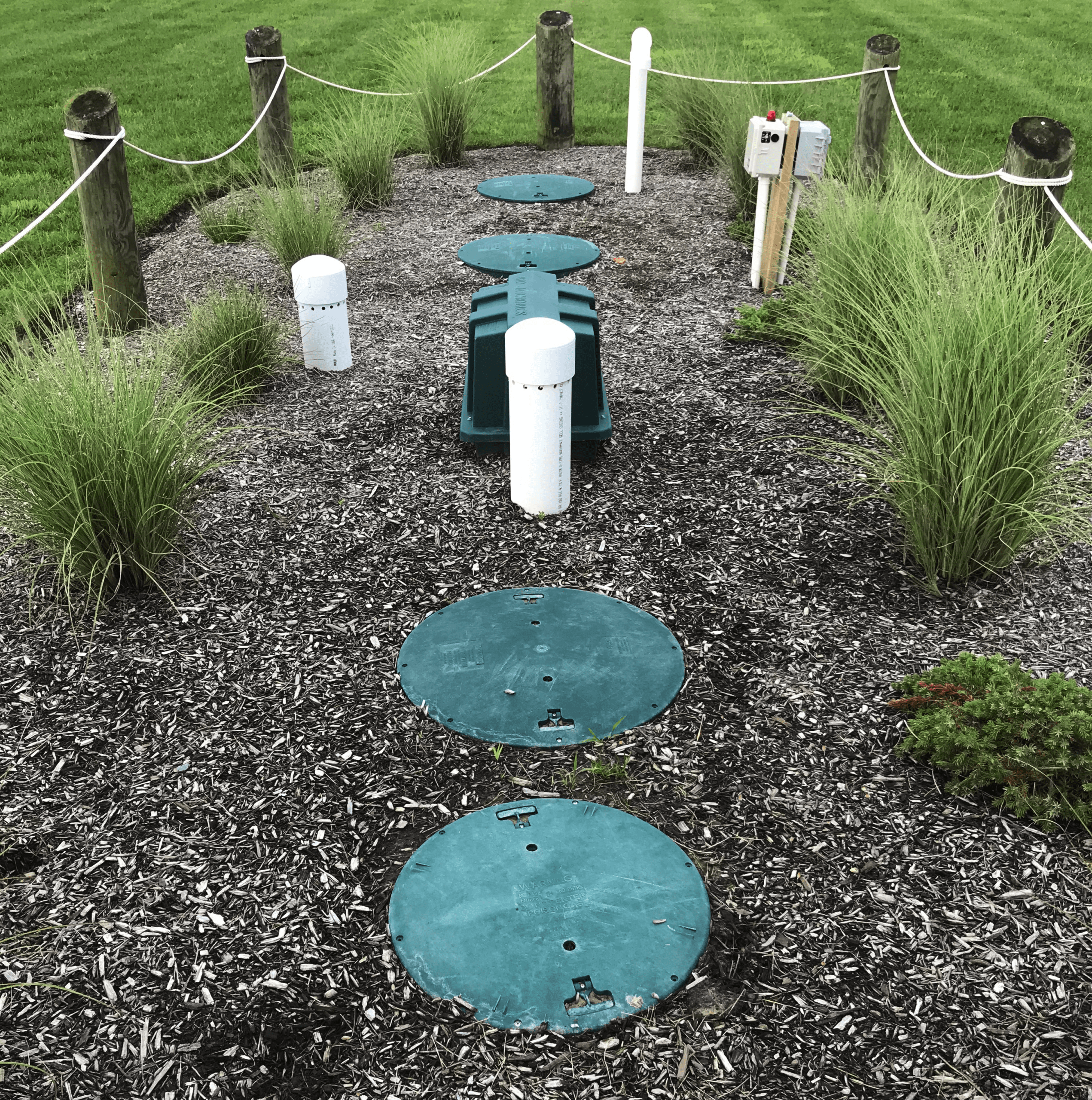You might not usually give it much thought, but your home’s septic system is something worth paying attention to. A septic system is an underground wastewater treatment structure whose design and size can vary depending on where you live, your household size, proximity to bodies of water, and more. Keeping your septic system functioning properly is vital to your house’s everyday activity, which is why you should know the following 10 things about your septic system.
1. Know Where Your Septic Tank Is Located
Part of being a homeowner is knowing where your septic tank is located. Again, septic tanks are located in different areas depending on where you live. For some people, their septic tank might be located in their backyards, while others might find it on the side of their homes.
If you’re unsure about where your septic tank is located, there are some useful ways to help you find it. For starters, you can always refer to the home care package or similar documents that should have been given to you at the time of your home’s purchase. If you can’t find these documents, another way to find your septic tank is by following the sewer pipes that lead out of your home.
This video from R.C. Worst & Co., Inc. shows several interesting methods to help you find your septic tank if you are having a hard time.
2. Don’t Build Over Your Septic Tank

Even though your septic system is underground, it can still be damaged by any activity going on above ground. Building or driving over your septic tank is not ideal as it can cause a variety of problems. To avoid doing this, many homeowners will put markers near their septic tanks to help them locate where it is and keep them from driving or paving over it. You also want to keep in mind that your septic system has to be pumped regularly (more on this below,) so you want to make sure that it’s still easily accessible.
The way we designed the landscape around our septic tank is almost impossible to drive over or do damaging activities on the tank. We placed nautical poles around the septic tank area to hide the vent pipes and other elements of the septic tank.
3. Remember That Septic Systems Require Maintenance
One of the biggest things you should know is that your septic system needs to be maintained regularly. This means having it periodicaly inspected by a professional. The EPA recommends “the average household septic system be inspected at least every three years by a septic service professional.” Not keeping up with your septic system’s maintenance can end up causing a variety of problems that could be very costly in the long run. If you’re not sure about how to keep up with your septic system, be sure to reach out to a professional for help.
4. Know What You Can Flush
Flushing things that aren’t biodegradable down your toilet is one of the most common reasons why your toilet gets backed up. Items such as diapers, feminine products, and even kitty litter cause your toilet to get clogged. But that’s not the only potential issue. They can also throw off the balance of the bacteria that your septic tank relies on to break down the solids coming through the pipes.
Be sure that you are only flushing toilet paper or flushable wipes and that you refrain from disposing of anything that isn’t biodegradable.
5. Remember That Detergent Can Damage Your Septic System
Aside from disposing of waste, remember that your septic system is also attached to your washing machine’s drain.
For most homes with an average level of activity and waste production, regular amounts of detergent won’t cause any problems in your septic system. However, using too much soap or bleach may negatively affect your septic system and start to malfunction.
It’s generally best not to use inexpensive detergents which may contain excessive amounts of filler or carrier. You may also want to consider buying septic-safe laundry detergents that don’t contain an excessive amount of filler or carrier.
6. Check Your Drain Field
Your drain field is an integral part of your septic system because it’s where all of the excess water from your septic tank ends up. For the most part, your drain field shouldn’t be sludgy or feel like mud. Be sure to look at your drain field every few weeks to make sure it is functioning correctly. If it has wet spots and there hasn’t been any rainfall, you may want to call in the experts. In general, you’ll know that your septic system is working as intended if there is no liquid around the drain field.
7. Keep Foliage at Bay
As wonderful as it is to have a yard full of flowers and trees, they, unfortunately, don’t always go hand in hand with septic systems. Since septic systems are underground, it allows tree roots to get tangled up in the pipes potentially. Some roots can even pull up pipes entirely.
Make sure you consider the septic system when planning your landscaping. To avoid serious problems, trees and certain plants should not be near your septic system.
8. Have it Pumped On a Schedule
The point of your septic system is to treat wastewater and filter out excess liquid (know as effluent.) However, your septic tank can’t break down all the solids in your tank forever. It needs to be pumped every once in a while. Experts recommend having it pumped every three to five years to prevent buildup and allow your septic system to run correctly. Keep in mind that if you have a large household or use your septic tank often, you may have to pump it more frequently.
9. Know How Rain Affects Your Septic System
A lot of heavy rainfall can cause problems to your septic system, including water leaking out of your septic tank into your backyard and toilets and sinks backing up. These are not fun problems to deal with, so it’s best to do everything you can to avoid it. For starters, be sure that your septic system is properly maintained. You’ll also want to keep an eye out for noises coming from your drain or pooling water, which are signs that there’s a clog somewhere in your septic tank. During a storm, try to refrain from using water as much as you can. Don’t start a load of laundry or load up the dishwasher if you can help it.
10. Watch for Signs That Your Septic System Is Failing
Unfortunately, many people don’t realize that their septic system is failing until it is too late. However, there are some signs that you can look out for to prevent your septic system from breaking down entirely.
The Washington State Department of Health offers these 8 signs that may indicate your septic system is failing:
- Water and sewage from toilets, drains, and sinks are backing up into the home.
- Bathtubs, showers, and sinks drain very slowly.
- Gurgling sounds in the plumbing system.
- Standing water or damp spots near the septic tank or drainfield.
- Bad odors around the septic tank or drainfield.
- Bright green, spongy lush grass over the septic tank or drainfield, even during dry weather.
- Algal blooms in nearby ponds or lakes.
- High levels of nitrates or coliform bacteria in water wells.
It is important to note that septic tanks don’t need additives. On a different note, you will not likely see rats in your septic tank.
Video Summary
I have created a quick summary video for this blog post. If you like this video, consider subscribing to the House Notebook Youtube Channel.
Related Posts:




